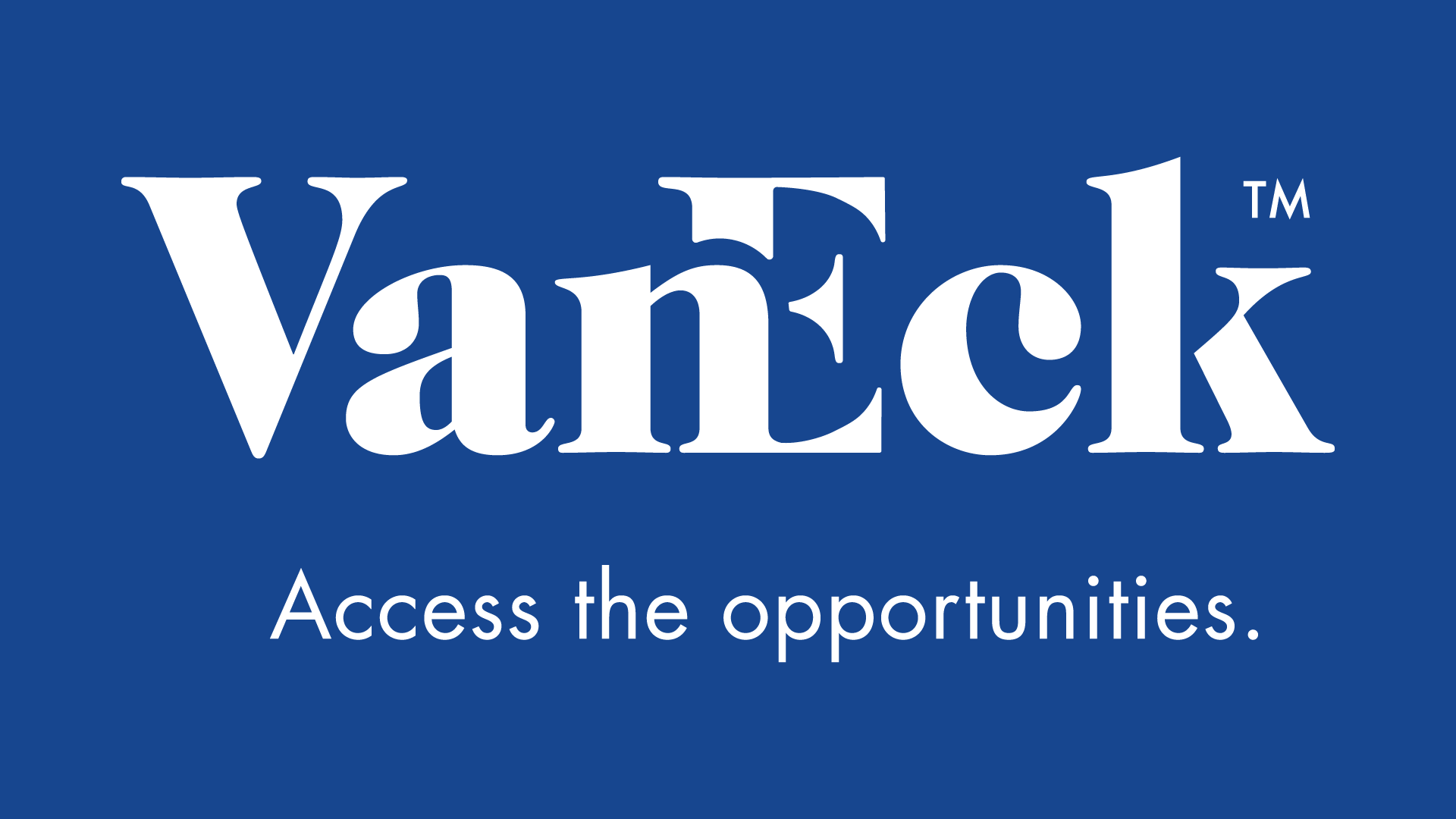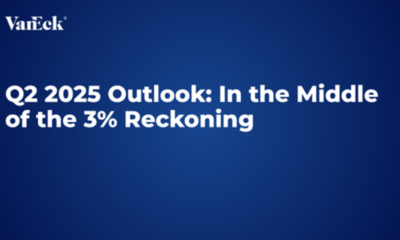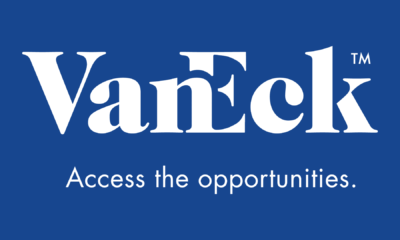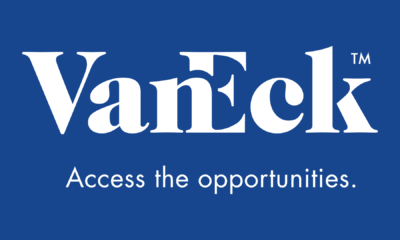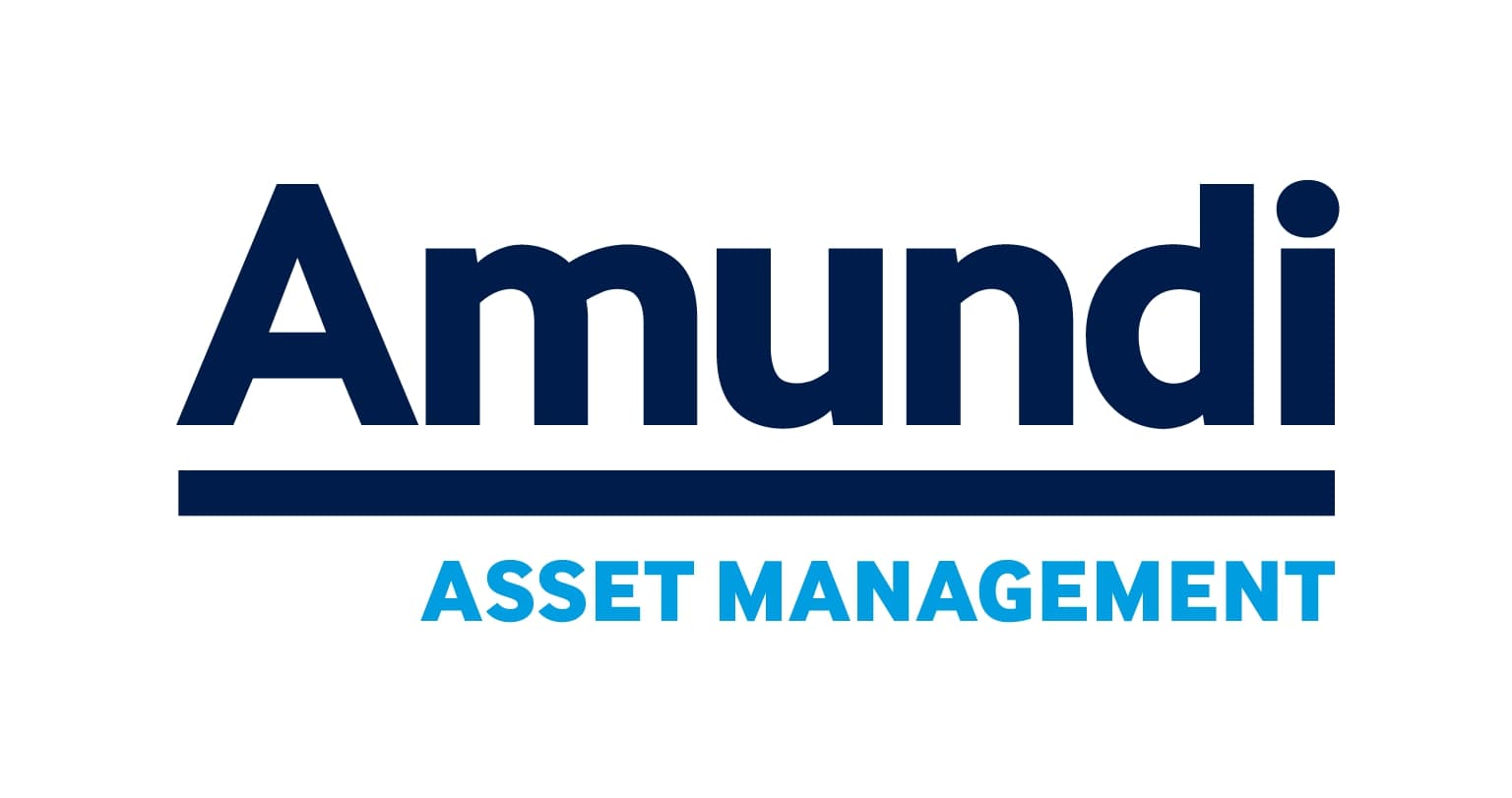China’s “New” Economy is Official. While the idea that China is redefining the nature of its economy has become a familiar economic theme, it may not be unanimous among market participants that the transformation is indeed imminent. Recent developments, however, strengthen my conviction in the ”new” economy future of China and the role of the SME (Small and Medium Enterprise) and ChiNext Boards in facilitating the growth at hand.
Only last month on March 16, China’s National People’s Congress approved the 13th Five-Year Plan that the Communist Party presented back in October 2015. The remarks of the Chinese Premier Li Keqiang in announcing the new plan further inspire my enthusiasm: ”China has initiated the concept of ’new economy’ to foster new growth drivers for overall economy transformation.” His subsequent statement is even more auspicious: ”The campaign of mass entrepreneurship and innovation provides a platform for large, medium and small businesses and research institutions to have a broad space for crowd innovation, crowdfunding and crowdsourcing.”
New Government Policies are Extremely Supportive
Though this news may not sound entirely new, given a similar announcement made in early February by top economic planner Shen Zhulin, we believe the premier’s imprimatur will effectively underscore and publicize the seriousness of the administration’s intent to transition from its ”old” economy to the ”new” one. There are more than ”2,000 supportive policies for new businesses from central and local authorities” supporting our view that China means business.
Providing access to 1,282 of China’s 2,828 A-share listed companies, the SME and ChiNext Boards of the Shenzhen Stock Exchange are crucial players in China’s economic evolution, though the number of new enterprise registrations in China (4.4 million in 2015 or a whopping 12,000 a day) far exceeds the breadth of these two platforms. The SME Board, which now serves 782 listed companies, was inaugurated on May 27, 2011 with the objective of ”supporting innovation” with ”many high quality innovative issuers.”1 Alongside it in Shenzhen, the ChiNext Board (totally independent from the main board) aims to provide ”solid support for the development of independently innovative enterprises.” We see the two boards as delivering on their promises; they represent big steps in China’s establishment of ”a multi-tiered capital market system” and offer exposure to the businesses that have driven the majority of recent technological innovation and ”new” economy growth in China. Arguably these companies provide some of the most convenient access to the drivers of China’s new economy.
The Transition from ”Old” to ”New” is Well Underway
While the transition from an ”old,” production-driven model to the ”new,” consumer and service-led economy will certainly not occur overnight, there are some notable indications that it is well underway. During the first two months of the year, state-owned enterprises saw profits fall 14.5% year-over-year while privately owned enterprises grew profits 5.4% during the same period. Furthermore, companies listed on the SME and ChiNext Boards experienced bottom line growth of 32% and 46% year-over-year, respectively. The IT, consumer discretionary, and healthcare sectors that characterize the ”new economy” all saw double digit percentage increases in profit growth as compared to 2015 performance. The emergence of the ”new” economy is more than a mere concept or official policy; it is, in my opinion, already coming to fruition.2
CNXT Gives Investors Access
Participating in China’s potential growth is possible via several VanEck ETFs that provide differentiated access to the Chinese capital markets. In particular, VanEck Vectors™ ChinaAMC SME-ChiNext ETF (NYSE Arca: CNXT) seeks to track an index that is designed to hold the 100 largest and most liquid China A-share stocks listed and trading on the SME and ChiNext Boards of the Shenzhen Stock Exchange.
Authored by James Duffy, Product Manager, ETFs
ETFs is authored by VanEck thought leaders. VanEck is the sponsor of VanEck Vectors ETFs and is currently among the largest providers of exchange traded funds (ETFs) in the U.S. and worldwide. VanEck Vectors ETFs empower investors to help build better portfolios with access to compelling investment themes and strategies. Our ETFs span many global asset classes, and are built to be transparent, liquid, and pure-play reflections of target markets.
IMPORTANT DISCLOSURE
1 Source: China Daily, March 11, 2016.
2 Financial Times, ”China earnings season reflects two-track economy,” April 3, 2016.
This content is published in the United States for residents of specified countries. Investors are subject to securities and tax regulations within their applicable jurisdictions that are not addressed on this content. Nothing in this content should be considered a solicitation to buy or an offer to sell shares of any investment in any jurisdiction where the offer or solicitation would be unlawful under the securities laws of such jurisdiction, nor is it intended as investment, tax, financial, or legal advice. Investors should seek such professional advice for their particular situation and jurisdiction.
The Fund is subject to risks which include, among others, those associated with investments in Chinese securities, particularly A-Shares, adviser and sub-adviser risk, risk of the RQFII regime, political and economic instability, inflation, confiscatory taxation, nationalization, expropriation, and market volatility, all of which may adversely affect the Fund. Foreign and emerging markets investments are subject to risks, which include changes in economic and political conditions, foreign currency fluctuations, changes in foreign regulations, changes in currency exchange rates, unstable governments, and limited trading capacity which may make these investments volatile in price or difficult to trade. Small and medium-capitalization companies may be subject to elevated risks. The Fund’s assets may be concentrated in a particular sector and may be subject to more risk than investments in a diverse group of sectors.
Fund shares are not individually redeemable and will be issued and redeemed at their Net Asset Value (NAV) only through certain authorized broker-dealers in large, specified blocks of shares called ”creation units” and otherwise can be bought and sold only through exchange trading. Creation units are issued and redeemed principally in kind. Shares may trade at a premium or discount to their NAV in the secondary market.
Investing involves substantial risk and high volatility, including possible loss of principal. An investor should consider the investment objective, risks, charges and expenses of the Fund carefully before investing. To obtain a prospectus and summary prospectus, which contains this and other information, call 800.826.2333 or visit vaneck.com. Please read the prospectus and summary prospectus carefully before investing.

 Nyheter4 veckor sedan
Nyheter4 veckor sedan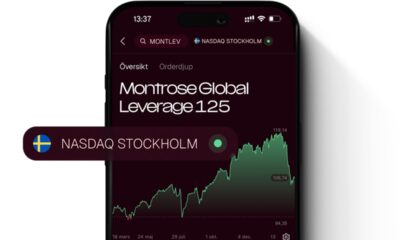
 Nyheter3 veckor sedan
Nyheter3 veckor sedan
 Nyheter4 veckor sedan
Nyheter4 veckor sedan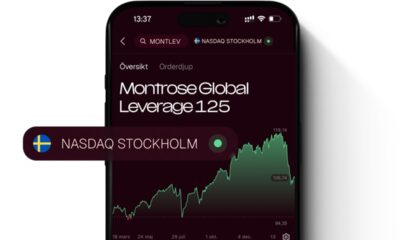
 Nyheter3 veckor sedan
Nyheter3 veckor sedan
 Nyheter3 veckor sedan
Nyheter3 veckor sedan
 Nyheter2 veckor sedan
Nyheter2 veckor sedan
 Nyheter3 veckor sedan
Nyheter3 veckor sedan
 Nyheter2 veckor sedan
Nyheter2 veckor sedan
